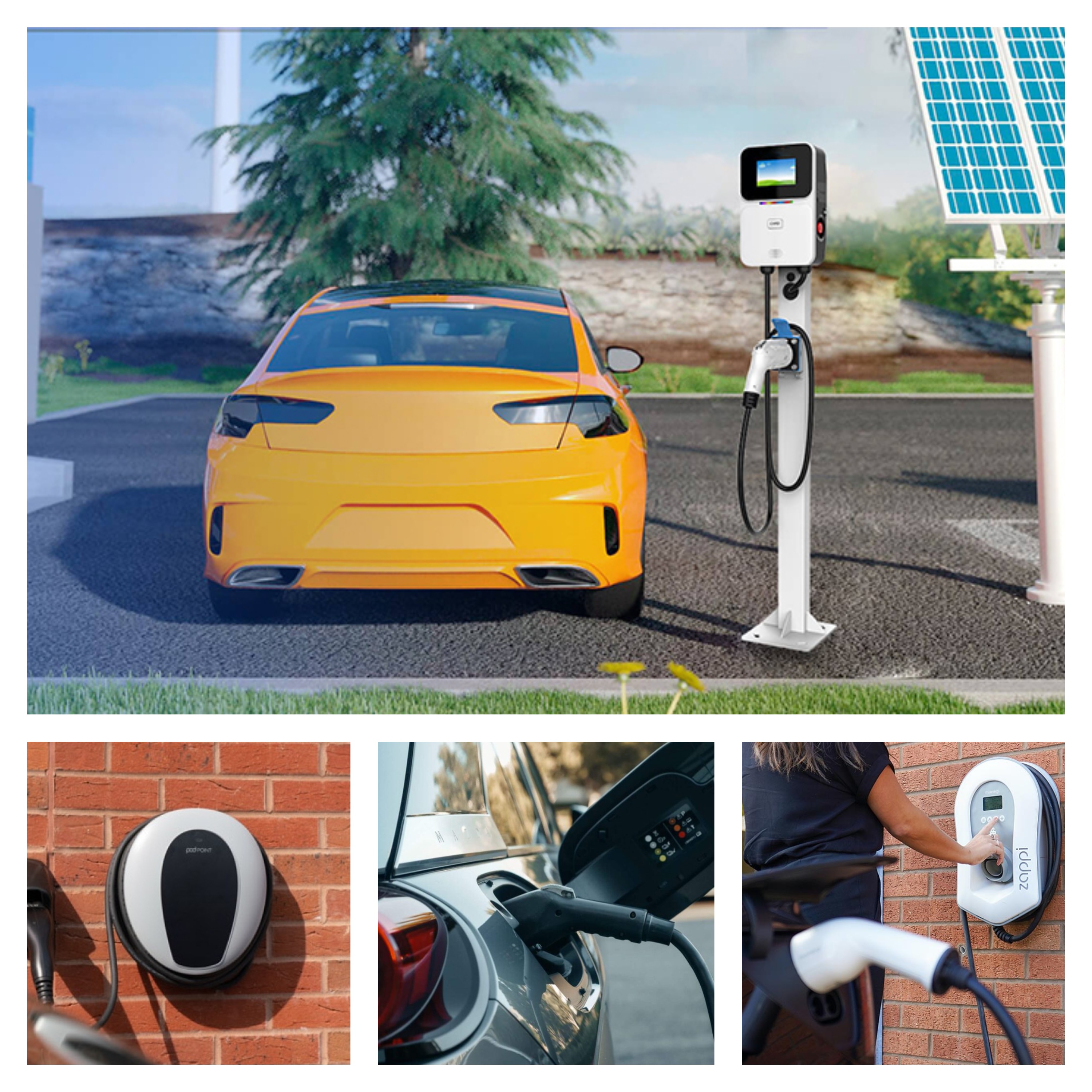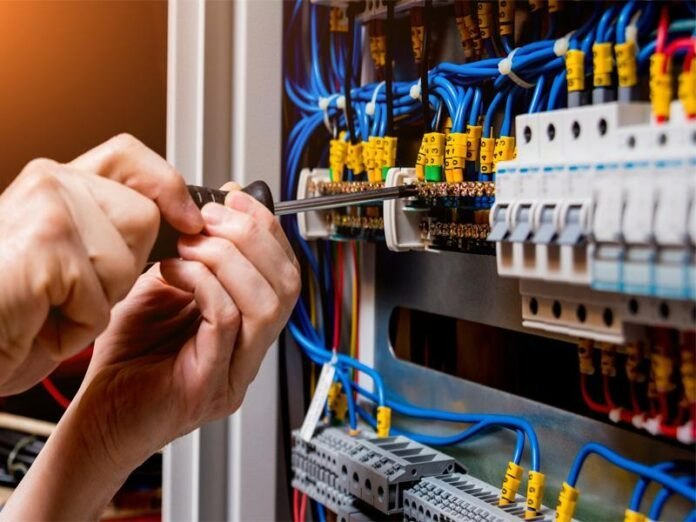<




An EV (Electric Vehicle) charger is a device used to charge the battery of an electric vehicle. It supplies electrical power to the vehicle through a standard connector. There are different levels of EV chargers, with Level 1 and Level 2 being the most common for home installations, and Level 3 (DC fast chargers) used in commercial settings.
The cost varies based on several factors, including the type of charger, the distance from the electrical panel, and local labour rates. On average, installing a Level 2 charger can range from $500 to $2,000, including the cost of the unit and installation.
Yes, most jurisdictions require a permit for electrical work, including the installation of EV chargers. Your electrician can usually handle the permit application process for you.
While it’s technically possible to install an EV charger yourself, it’s highly recommended to hire a licensed electrician. Proper installation is crucial for safety and compliance with local electrical codes.
The installation process typically takes a few hours to a day, depending on the complexity of the installation and whether any additional electrical work is needed.
Yes, charging an electric vehicle will increase your electricity consumption. However, many EV owners find the cost of charging to be lower compared to gasoline. You can also look into time-of-use rates or incentives offered by your utility company to reduce charging costs.
Yes, it’s possible to install multiple chargers if your electrical system can handle the additional load. Consult with a licensed electrician to assess your system’s capacity and ensure a safe and effective installation.


The electrical wiring system throughout your home powers all your appliances, equipment, and lighting. Over time, the system and wiring need to be replaced. A house rewire involves replacing all the wiring and upgrading the equipment.
Our rewiring projects start from £2995. We feel we are very competitive on our costs, and we are very open about this should you wish to discuss. We often offer a price match promise to any comparable quotes, subject to terms.
We discourage clients from doing any work to save costs. You can, however, make things much easier for us by lifting the carpets, ensuring the furniture is clear, etc.
The signs that you may need to rewire your home include fuses blowing, shocks from switches and outlets, frequently flickering or dimming lights, damaged or exposed wires and cables, and poor test results.
The completion time for a home rewiring project varies depending on factors such as the size of your home, the complexity of the wiring needed, and any additional upgrades or modifications. On average, a full house rewire can take anywhere from one to three weeks. Our team will provide a detailed timeline after the initial inspection and assessment, so you know what to expect throughout the project.
A solar power system converts sunlight into electricity using photovoltaic (PV) panels. It typically consists of solar panels, an inverter to convert DC power to AC power, and various other components like mounting systems and wiring.
Solar panels capture sunlight and convert it into direct current (DC) electricity. This DC electricity is then sent to an inverter, which converts it into alternating current (AC) electricity that can be used to power your home or business. Excess electricity can often be stored in batteries or fed back into the grid.
- • Solar Panels: Capture and convert sunlight into DC electricity.
- • Inverter: Converts DC electricity from the panels into AC electricity used by home appliances.
- • Mounting System: Secures the solar panels to your roof or another structure.
- • Battery Storage (optional): Stores excess electricity for use when sunlight is not available.
- • Charge Controller (for battery systems): Regulates the power going into and out of the battery to prevent overcharging.
The installation process typically takes between 1 to 3 days, depending on the size and complexity of the system. This does not include the time needed for permits and approvals, which can add several weeks to the overall timeline.
- • Roof Condition: Ensure your roof is in good condition and can support the weight of the solar panels.
- • Sunlight Exposure: Your location should receive adequate sunlight throughout the year.
- • Local Regulations: Check for any zoning laws or homeowners' association restrictions.
- • System Size: Determine the right system size based on your energy needs and roof space.


A security system is a collection of devices and technologies designed to protect property from unauthorized access, theft, vandalism, and other security threats. It typically includes components such as alarms, cameras, motion detectors, and sensors.
- • Monitored Systems: These systems are connected to a central monitoring station that alerts authorities if an alarm is triggered.
- • Unmonitored Systems: These systems sound an alarm but do not automatically notify emergency services. Notifications are typically sent to the homeowner.
- • Wireless Systems: Use wireless technology to communicate between components, making installation easier and reducing the need for extensive wiring.
- • Wired Systems: Use physical cables to connect components, which can be more reliable but may require more extensive installation.
- • Control Panel: The central hub that communicates with all other components and manages system settings.
- • Sensors: Detect movement or breaches, such as door/window contacts and motion detectors.
- • Cameras: Provide video surveillance of the property.
- • Keypads: Allow users to arm or disarm the system.
- • Alarms: Sound an alert when a security breach is detected.
- • Smart Home Integration: Allows you to control your security system remotely via smartphone apps.
Installation time depends on the complexity of the system and the size of the property. A basic system can be installed in a few hours, while more advanced systems might take a day or more.
Installation time depends on the complexity of the system and the size of the property. A basic system can be installed in a few hours, while more advanced systems might take a day or more.
Contact Us
Don't hesitate to reach out if you have any questions or requirements! Contact us now, and we’ll get in touch with you without delay.